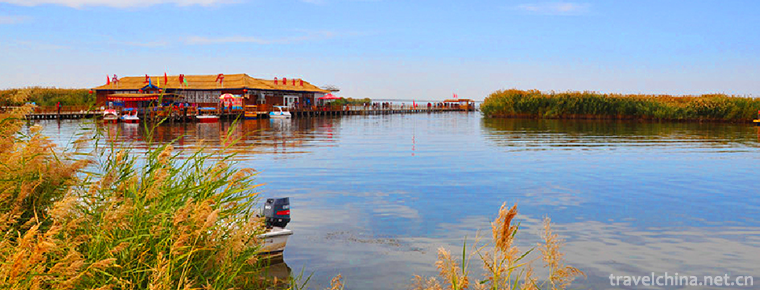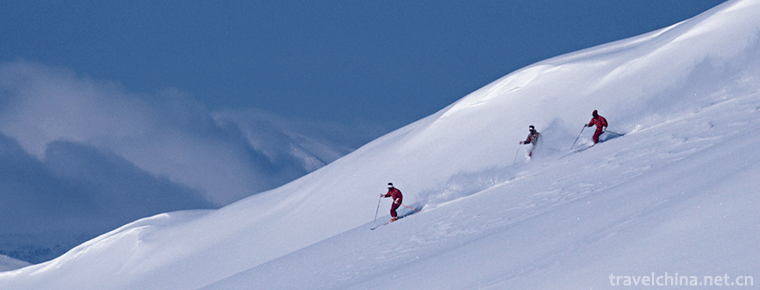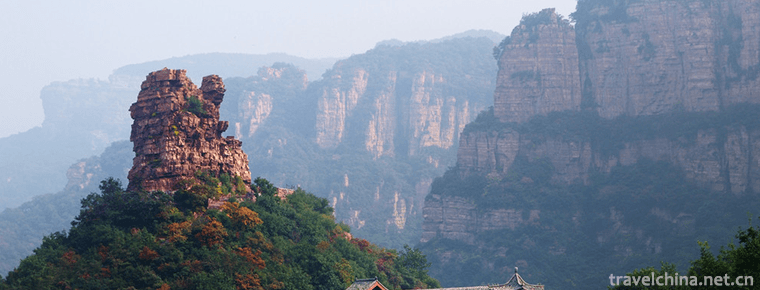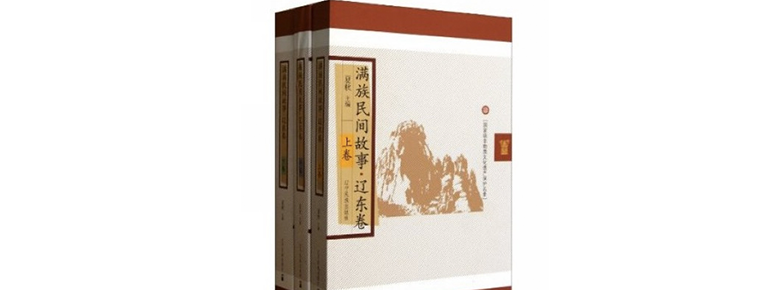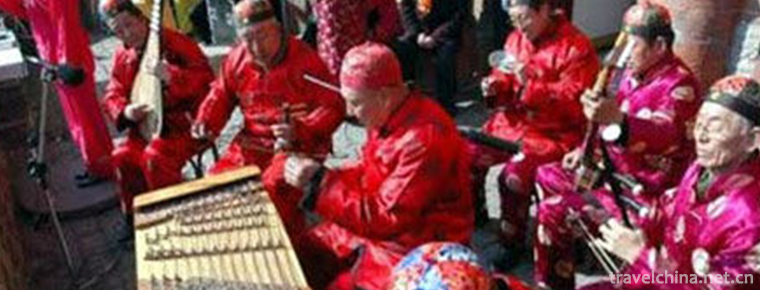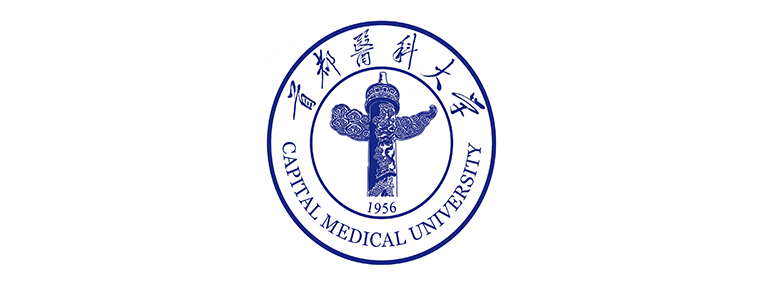Luzhou natural resources
Luzhou natural resources
Water resources in Luzhou
The total amount of water resources in Luzhou is 6.657 billion cubic meters per year. The groundwater reserves are rich, reaching 1.065 billion cubic meters per year, among which Xuyong and Gulin counties in the south are the richest. The structural fissure water in the south of the Yangtze River is abundant, and the fissure water in the weathering zone to the north of the Yangtze River is poor. The exploitation of groundwater is 325 million cubic meters per year. In addition to Tuojiang River, the rest of the medium and small rivers have steep riverbed and concentrated drop. In addition to abundant rainfall, the average annual runoff is 6.657 billion cubic meters, which provides rich water resources for the construction of hydropower stations. The theoretical water energy reserves in Luzhou are 630000 kW. Chishui River and Yongning River Basin account for 3 / 4 of the city's water energy; Chishui River's exploitable capacity accounts for more than 1 / 2 of the city's exploitable capacity.
Animal resources in Luzhou
There are 214 species of wild animals in Luzhou, belonging to 25 orders and 65 families. There are two species of national first-class protected animals: Leopard (also known as leopard, leopard, Wenbao, Felidae), and has been found in Hejiang, Xuyong, Gulin and other places. Clouded leopard (Felidae) Gulin and Xuyong have been found, belonging to 28 species of national second-class protected animals. The river is deep and the valley is steep. The Yangtze River runs through the territory from west to East. Tuojiang River, Yongning River, Chishui River, Laixi River and Longxi River are interwoven into a network, which contains rich fish biological resources. There are nearly 500 species of aquatic animals and plants in the natural waters, including 169 species of freshwater fish. There are 32 species of Endemic Fishes in the upper reaches of the Yangtze River, and there are 3 National Grade I protected species: Chinese sturgeon, Acipenser dabryi and Acipenser Acipenser. There are 4 national grade II protected varieties and 12 provincial key protected varieties. Luzhou Yangtze River 133 km and its first tributaries Tuojiang River, Yongning River and Chishui River are the National Nature Reserve of rare and Endemic Fishes in the Yangtze River.
Plant resources in Luzhou
There are 5950 species of higher plants belonging to 813 genera and 520 families in Luzhou, including 6 national first-class protected plants and 24 second-class protected plants. The first class protected tree species are metasequoia and Taxodiaceae. Since 1960, it has been cultivated in all districts and counties of the city. Davidia involucrata, Davidia involucrata family, in Luzhou, the number is small, mainly distributed in Fubao forest area of Hejiang County, and Huangjing forest area of Gulin. Taxus chinensis var. mairei, Taxaceae, distributed in Hejiang, Xuyong and Gulin mountain areas. Ginkgo biloba, also known as ginkgo and duck feet, is cultivated in all districts and counties of Luzhou. Cycas formosana, also known as cycadae, was transplanted into Luzhou as ornamental plants. They are mainly distributed in Hejiang and Gulin. The total forest area of the city is 29857 million cubic meters, with a forest coverage rate of 497 million cubic meters. There are 46 species of rare plants, such as Davidia involucrata, Metasequoia glyptostroboides, cyathela spinulosa, Cephalotaxus fortunei, Lianxiang tree and xiangguoshu. There are 1444 kinds of Chinese medicinal materials, such as Gastrodia elata, Galla chinensis, bergamot, Phellodendron amurense, Eucommia ulmoides and benzoin. The name of "double petal" is "double petal" and "Cymbidium" and "Cymbidium".
Mineral resources in Luzhou
Luzhou is rich in mineral resources and various kinds of minerals because of its complex geological structure and various sedimentary rocks. The proven minerals include coal, oil, natural gas, pyrite, iron, copper, gold, refractory clay, solvent dolomite, limestone for cement, kaolin, phosphorus, sand for glass, gypsum, marble and calcite. Among them, the reserves of coal, pyrite and natural gas are rich. There are 17 large-scale deposits, 11 medium-sized deposits, 24 small-sized deposits and 44 ore occurrences. There are 4 subclasses and 9 kinds of metal minerals. Among them, siderite, hematite and limonite are three kinds of ferrous metals. There are three kinds of nonferrous metals: copper, lead and bauxite. Gold is one of the precious metals. Uranium and gallium are two kinds of radioactive and scattered element minerals. Among the nonmetallic minerals, there are 5 kinds of chemical nonmetallic minerals, including pyrite, phosphorite, rock salt, feldspar sandstone and potassium bearing sandstone, 2 kinds of metallurgical non-metallic minerals, 2 kinds of refractory clay and cast sandstone, 10 kinds of building materials non-metallic minerals, including limestone, marble, dolomite, calcite, gypsum, kaolin, bentonite, cement clay, quartz sandstone and siltstone, and gem nonmetallic ore subtype There are five kinds of agate, jade, white gem, colored stone and hollow stone. In the energy and mineral resources category, there are 2 kinds of coal mine subclass, including bituminous coal and anthracite, 1 oil subclass and 1 natural gas subclass.
Population of Luzhou
Registered residence registration of registered residence of Luzhou city was 1 million 575 thousand and 900 households, and the total household registration population was 5 million 85 thousand and 400. By the end of 2019, the population of the village was 2 million 983 thousand and 300, the urban population was 2 million 102 thousand, and the registered residence population urbanization rate was 41.33%. There are 1 million 523 thousand and 600 registered population in the municipal area, including 1 million 187 thousand and 900 urban residents and 335 thousand and 700 rural population. There are 4.3294 million permanent residents, including 2078400 rural residents and 2.251 million urban residents. The urbanization rate of permanent residents is 52.00%, 1.54 percentage points higher than that in 2018. There are 1.50400 permanent residents in the municipal area, including 1131700 urban population and 368700 rural population. In 2019, there will be 21400 immigrants and 33700 emigrants in Luzhou. There are 48 ethnic groups in Luzhou, with a population of 131000. The city has 2 minority areas, 8 ethnic townships and 342 ethnic villages.

-
Shanghai Science and Technology Museum
Shanghai Science and Technology Museum is a comprehensive natural science and technology museum with Chinese characteristics, times characteristics and Shanghai characteristics.
Views: 510 Time 2018-12-05 -
Linhe Yellow River National Wetland Park Inner Mongolia
Inner Mongolia Linhe Yellow River National Wetland Park is located in Linhe District, Bayannaoer City, Inner Mongolia Autonomous Region, with a total area of 4637.6 hectares. The functional zoning map.
Views: 164 Time 2018-12-26 -
Gongchangling Hot Spring Skiing Ground
Gongchangling Skiing Ground is located in Tanghe Scenic Area of Gongchangling, Liaoyang City, Liaoning Province. It covers an area of 100 hectares and is a national AAA-class tourist attraction..
Views: 109 Time 2019-01-12 -
Checkerboard Mesa Qipanshan Mountain
Qipanshan is located in the northeast of Shenyang City, adjacent to Fushun in the east, Hunhe in the west, Tieling in the South and Hadaling in the north. It is located .
Views: 226 Time 2019-02-07 -
Hubei storytelling
The evaluation of books in Hubei Province is a traditional art of rap and singing in Hubei Province. Popular in northern China, as an independent variety of storytelling,.
Views: 173 Time 2019-05-03 -
Manchu Folk Stories
Liaoning is a region where Manchu people have formed, risen and grown up. It contains extensive and profound Manchu cultural relics and connotations. Manchu folktales originated from the Manchu people.
Views: 111 Time 2019-05-18 -
Yulin Xiaoqu
The lyrics of Yulin Xiaoqu are integrated with elegance and vulgarity. In terms of language style and structure, there are not only words used by ordinary scholars, but also local dialects and dialect.
Views: 165 Time 2019-07-14 -
Capital Medical University
Capital Medical University (Capital Medical University), known as the first Medical University, is jointly established by the Beijing Municipal People's government, the national health and Health Comm.
Views: 128 Time 2019-11-26 -
Lizhou ancient town
Lizhou ancient town is a big post station of the ancient Southern Silk Road, an ancient town of Liangshan Yi Autonomous Prefecture, and the place where the red army went through the long march..
Views: 191 Time 2020-10-16 -
Topography and geomorphology of Luzhou
Luzhou city is a typical mountainous city with 56.14% of the total land area. It is mainly composed of high mountains (500-1000 meters above sea level) and middle mountain (1000-1902 meters above sea level). Taking the middle Yangtze River Valley as the lowest center, it gradually .
Views: 309 Time 2020-12-14 -
Education in Luzhou
In 2017, the construction area of the completed school buildings in Luzhou city was 842500 square meters; 670 million yuan of tuition free, financial aid, and nutrition lunch program was arranged to subsidize students with financial difficulties from families, and 79747 students with financial .
Views: 361 Time 2020-12-14 -
Plant resources in Meishan
There are 2278 species of wild plants belonging to 861 genera and 229 families in Meishan City, including 149 species of bryophytes belonging to 71 genera and 48 families, 155 species of ferns belonging to 73 genera and 36 families, 20 species of gymnosperms.
Views: 360 Time 2020-12-18

